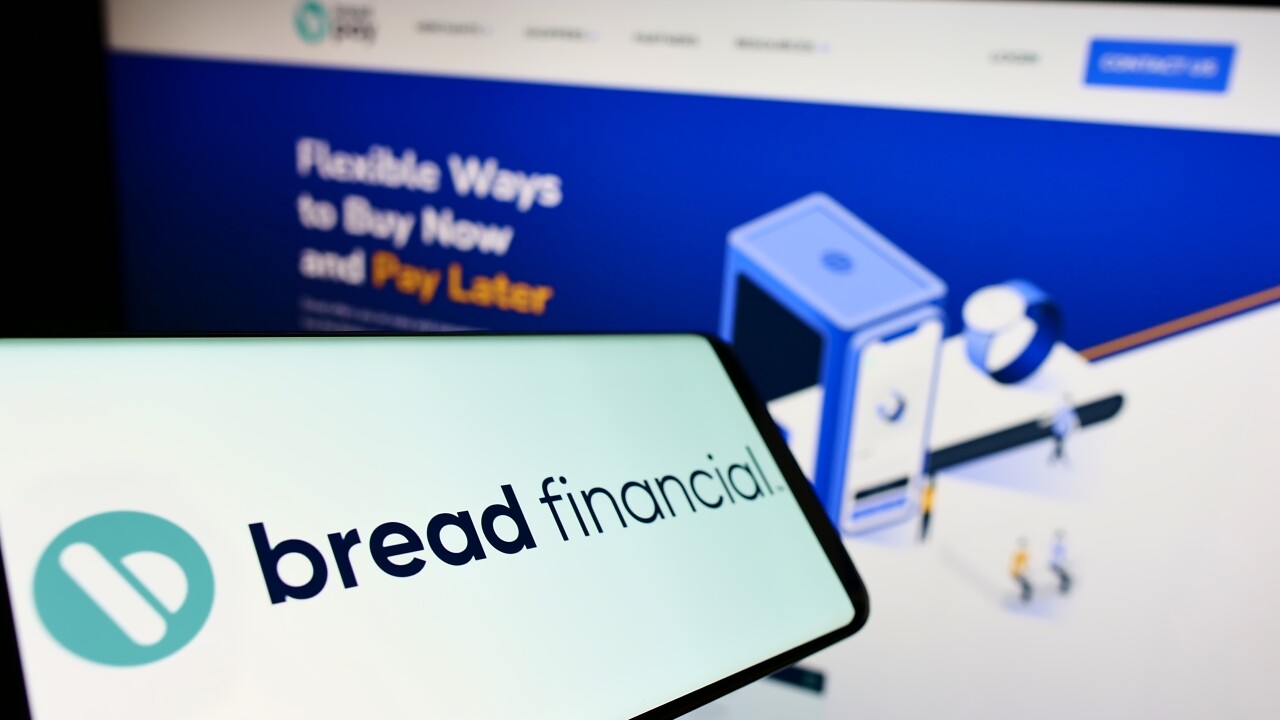As contactless payments become more ubiquitous in certain European and Asian countries, wearable payments technology is seeing a dramatic increase in adoption. This is particularly true for the devices themselves — such as Apple Watches and Fitbit fitness bands — that may have been recently given as gifts during the holiday season.
Despite the convenience wearable payments hold, there are still obstacles that remain. Some factors are cultural, such as cash usage, or even more deep seated in the human mind, such as concerns over security.
Here are five facts and figures that could influence the future of wearable payments growth.










